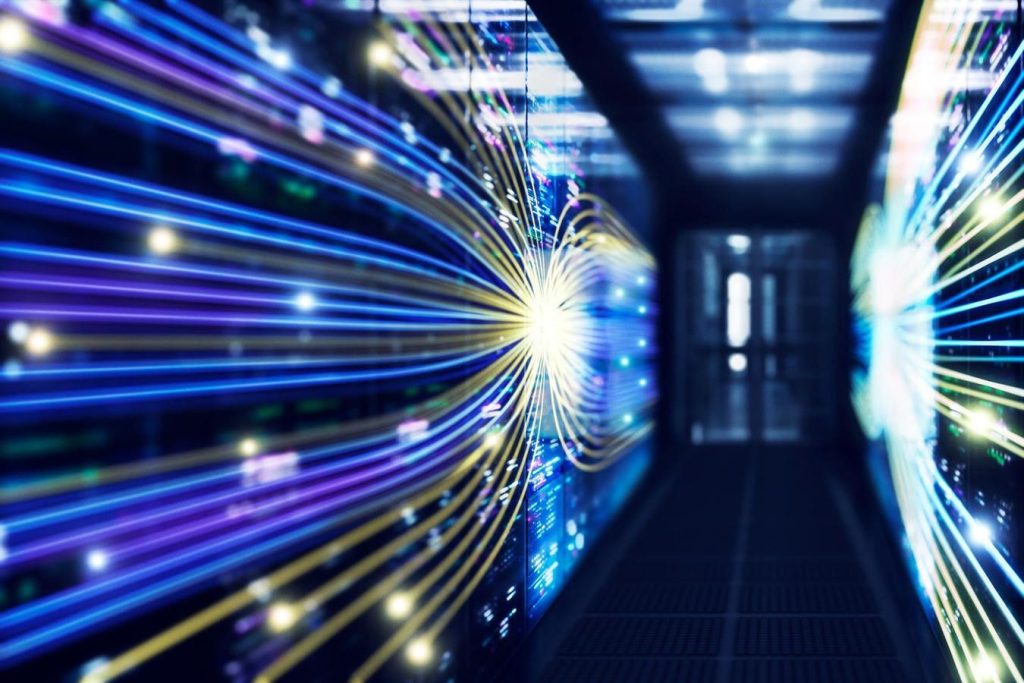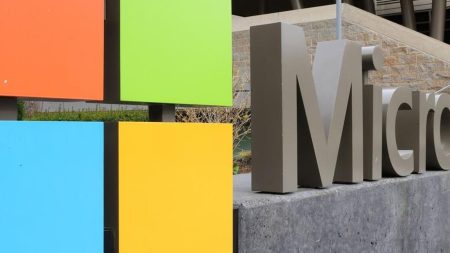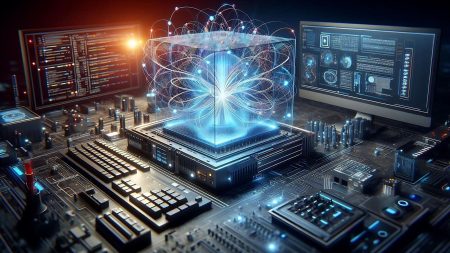Phillip Marangella, Chief Marketing and Product Officer, EdgeConneX. Connect with Phillip on LinkedIn.
How well do people really understand what data centers do?
We know data centers house a lot of servers, use significant electrical power and require real estate in specific locations. And for anyone who believes data centers are the endpoints rather than facilitators in a diagram of our global digital infrastructure, it’s easy to see why they might believe data centers amplify many unwelcome aspects of the digital economy.
But, to put it as directly as possible, data centers are the starting point for that infrastructure. They bring focus to disparate, competitive and fast-moving solution providers who all need access to the resources that data centers provide to business customers worldwide: security, power, networking and physical space for processing massive amounts of information.
In 2004, the New York Times (paywall) said about a long-running ad campaign by chemical company BASF: “In almost every brand awareness test, its 14-year-old North American commercial tagline—‘We don’t make a lot of the products you buy. We make a lot of the products you buy better’—ranks among the most recognized corporate slogans.” In many ways, that slogan can be applied to data center providers. We don’t operate the cloud—we enable it. We don’t create AI models—we power them. We don’t create streaming content—we accelerate it.
Let’s examine and test assumptions made about data centers and identify how they make much of our digital world possible.
Challenge: Data Centers Use Too Much Electricity
Globally, the UN’s International Energy Agency estimates data centers and data transmission networks use 1% to 1.5% of world electricity annually. A data center needs power primarily for high-quality cooling equipment and building services, including lights, security systems and day-to-day services. In most cases, servers, storage, routers and IT-based equipment that customers house in data centers consume most of the power supplied to the building. And for modern economies, this equipment consumes the same amounts of electricity no matter where it’s plugged in. With improved design and operational efficiency, today’s data centers can deliver more while using less power.
Challenge: Data Centers Are Too Big
It’s true, in many cases, data centers are being built to a larger scale. This can raise concerns across municipalities about the effects on power availability, water supply, emissions, noise and traffic. In short, they’re concerned about sustainability.
Most established data center providers share these concerns, although from a different perspective. In many markets, data centers are at the vanguard of green building technology, from 24/7 Carbon-Free Energy to innovative water, cooling and waste processing solutions. Committed data center providers publish annual sustainability reports tracking clean energy, potable water, recycling waste diverted away from landfills, CO2 emissions and power utilization efficiency (PUE), which measures the percentage of power used by the data center itself versus power used by IT-based equipment.
One key trend these reports illustrate is that larger data centers, serving AI, the cloud, content and commerce customers, can operate more efficiently while simultaneously supporting dramatically more services for businesses and consumers versus building multiple, smaller facilities that each require their own discrete power, water and other resources.
Advantage: Data Centers Enable Modern Economies
The U.S. Federal Reserve Bank of Richmond noted in a 2023 research article that data centers in Loudoun County in Virginia generated $424 million in tax revenue, or more than 13 times their estimated budget cost of $32 million, even allowing for tax breaks targeting data center development in those areas. The research also found that data center jobs paid twice the average salary paid to other private sector workers in the state. Accounting for ancillary tasks associated with building, operating, supporting and maintaining data centers in the state, the research concluded that over 45,000 jobs are directly supported by the industry.
Measuring downstream economic impacts with real precision is a challenging task for any government agency or research firm, but it’s clear that today’s global economy relies on a robust digital economy platform of data center, network, storage, security, finance and tech industry staff. But even more directly, the U.S. Bureau of Economic Analysis estimates that the digital economy accounts for 10% of U.S. GDP, with a 7% CAGR.
Just as airports, shipping docks and train stations serve as logistical hubs for manufacturing, agriculture, business, retail and more, data centers serve as linchpins of the world’s digital infrastructure and economy and are catalysts for products and services used by people, businesses and devices worldwide.
Advantage: Making Digital Products And Services Better
Applying the BASF tagline to data centers is an apt comparison. Data centers don’t create the products and services used by billions worldwide, but they make them faster, universal and more powerful.
Cloud providers offer services ranging from simple apps on our phones to accelerating complex, real-time financial transactions. Machine learning for AI is less dependent on proximity to end users but can often require high-performance computing that can’t be performed effectively or efficiently without being empowered with significant data center capacity.
Today, people everywhere are accustomed to accessing oceans of content, and, with their storage, security, connectivity and capacity, data centers make this access possible, all delivered via streaming servers, cloud services, web browsers or phone apps. So, whether it’s hospitals using the cloud to improve care for patients, pharmaceutical firms relying on the cloud and AI for R&D to bring new treatments to market as we saw during Covid-19, local municipalities using IoT to reduce traffic and pollution, or airlines using the cloud to reduce emissions by scheduling more efficiently, data centers serve as a starting point for all the ways the cloud and AI are optimizing operations and expanding what’s possible.
Forbes Technology Council is an invitation-only community for world-class CIOs, CTOs and technology executives. Do I qualify?
Read the full article here









